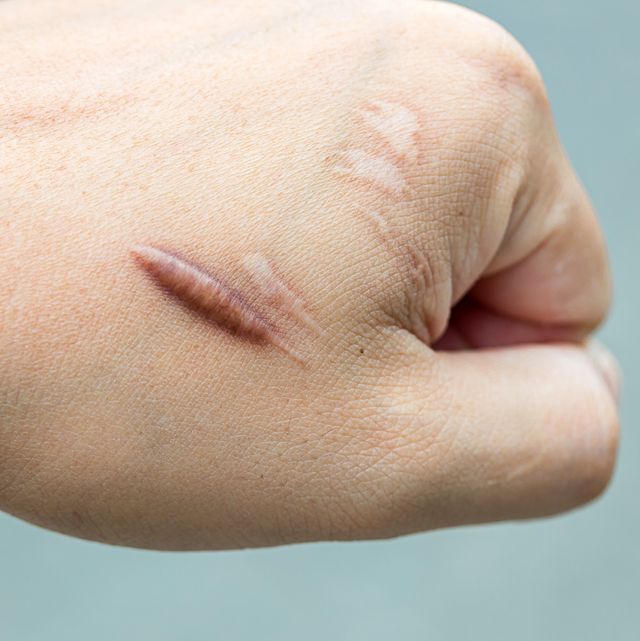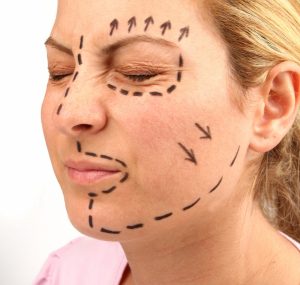There are several ways to treat scars, from topical treatment to surgery. The following are some options to treat scars:
Topical Options for Scar Treatment
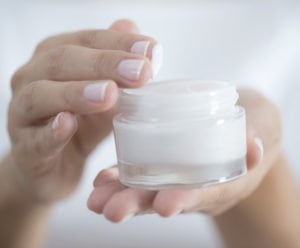
Topical options include Vitamin E, Cocoa Butter Cream, Onion Extract, Topical Vitamins, and others that claim to help heal scars. However, topical use poses a risk of contact dermatitis, and studies have not proven the efficacy of topical treatment options for scars.
Surgery Option for Scars Treatment
Surgery is the most invasive treatment type to remove a scar. The surgery option might be necessary for certain scars if they are very large, so it can alter the scar’s shape or make it less noticeable. However, surgery might be overkill for normal scars, such as hypertrophic or keloid scars (raised scars). One disadvantage of surgery is that it does not entirely remove a scar since it produces a scar. There is also a risk of recurring scars to more severe scarring that results from the treatment.
Steroid Injections
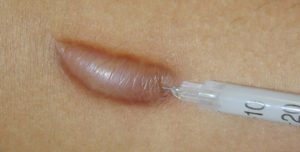
Steroid injections can help to shrink the scar size and make it even with the skin’s surface. However, the side effects of steroid injections include pain, bleeding, bruising, infection, contact allergic dermatitis, impaired wound healing, and sterile abscess, sometimes even requiring surgical drainage.
Silicone Gel or Silicone Sheets
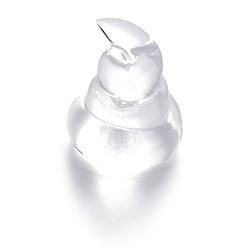
Silicone gels are spread as an ultra-thin sheet and work 24 hours daily. It has self-drying technology and dries within 4 to 5 minutes. Silicone gel for scar treatment produces an 86% reduction in texture, 84% in color lightening of the scar, and a 68% reduction in the length of the scar.
Scarless Silicone Scar Gel is one of the best options on the market to prevent scar formation immediately after the wound heals and to reduce or even remove the scar, whether old or new.
Silicone Gel Benefits
- Scar Formation Prevention: One of the few proven methods to help prevent hypertrophic and keloid scars from forming is to apply silicone gel immediately after wound healing and before scar formation.
- Silicone Scar Gel increases the hydration of the stratum corneum and facilitates the regulation of fibroblast production and reduction in collagen production. It results in a softer and flatter scar. It allows the skin to “breathe.”
- Silicone scar gel protects the scarred tissue from bacterial invasion and prevents bacteria-induced excessive collagen production in the scar tissue.
- Silicone gel reduces the itching and discomfort associated with scars.

